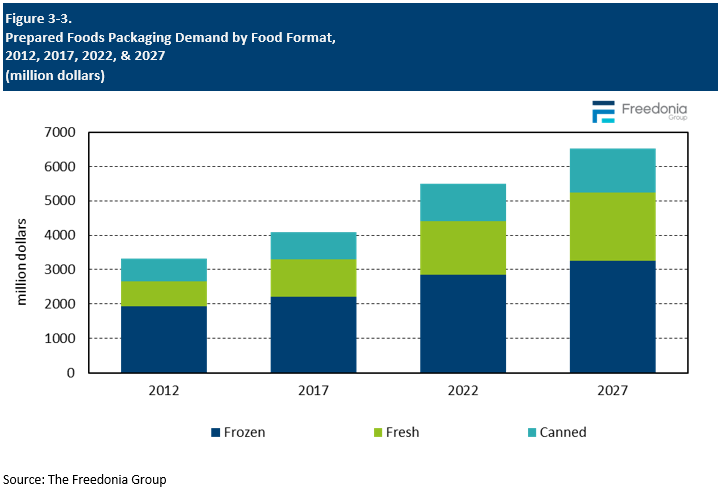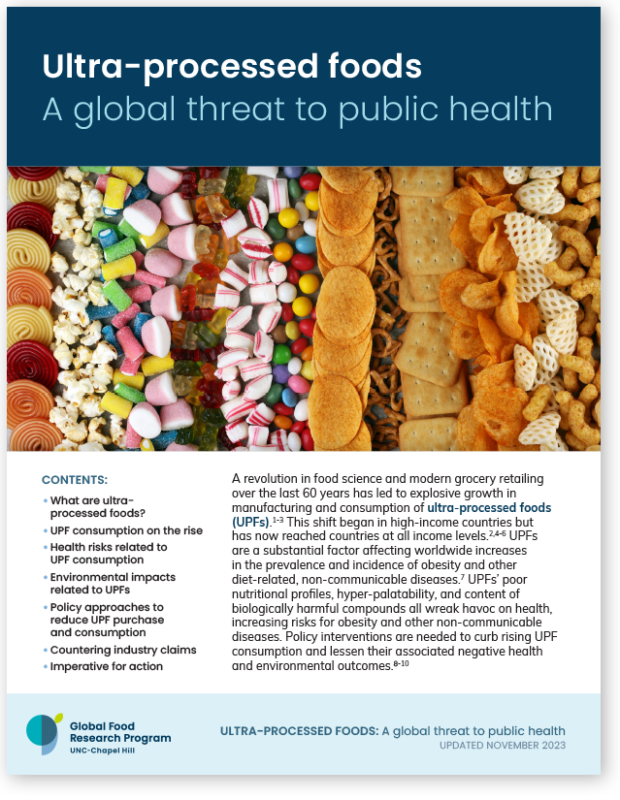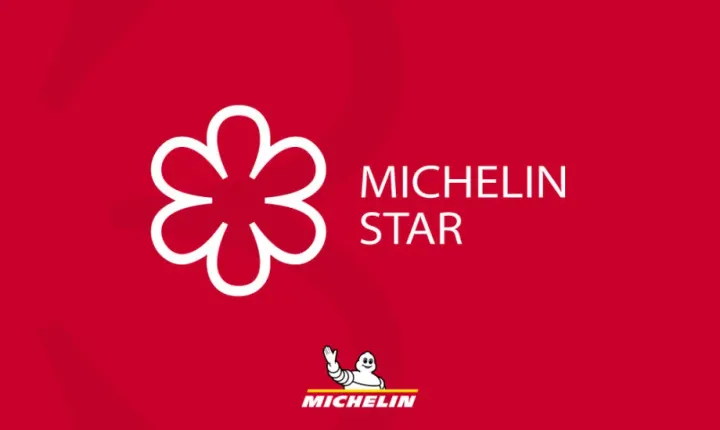The Secret to Speeding Up Banana Ripening

The Science Behind Banana Ripening
Banana ripening is a complex process that involves a series of biochemical reactions. At the heart of this process lies ethylene gas, a natural plant hormone that plays a crucial role in fruit ripening.
The Role of Ethylene Gas
Bananas, like many other fruits, produce ethylene gas as they age. This gas triggers a series of chemical reactions that convert starch into sugar, making the banana sweeter and softer.
The Ripening Cycle
As more ethylene builds up, the ripening process accelerates. The banana's skin turns from green to yellow, and the starches convert to sugars, making the fruit more palatable. The ripening cycle continues until the banana reaches its optimal ripeness, after which it begins to spoil.
Methods to Ripen Bananas
Ripening bananas can be a challenging task, but with the right techniques, you can enjoy your favorite fruit at its peak ripeness. Here are some effective methods to ripen bananas:
Warmth-Induced Ripening
Place bananas in a warm spot, like a sunny window or near a heating vent, to ripen in 24 hours to 5 days. This method works by increasing the production of ethylene gas, a natural ripening agent. The warmth triggers a series of biochemical reactions that help to soften the fruit and develop its characteristic flavor and aroma.
Oven-Heated Ripening
Heat bananas in the oven at 300°F (150°C) for 15-30 minutes to ripen quickly. This method is ideal for those who need ripe bananas in a hurry. The dry heat of the oven stimulates the ripening process, but be careful not to overheat, as this can cause the bananas to become mushy or overripe.
Alternative Ripening Methods
Use a paper bag or microwave to ripen bananas faster. Place the bananas in a paper bag with an apple or avocado, as these fruits emit ethylene gas, which helps to ripen the bananas. Alternatively, microwave the bananas for 10-15 seconds to stimulate the ripening process.
Tips and Variations
Maximizing the Ripening Process
To speed up the ripening process, keep bananas together in a bunch or store them in a paper bag with an apple or avocado. This will trap ethylene gas, a natural ripening agent, and help ripen the bananas faster.
Temperature and Time Control
Monitor the temperature and time to avoid over-ripening. Bananas typically ripen within 3-7 days at room temperature (around 20°C/68°F). If you want to slow down the ripening process, store them in the refrigerator to keep them fresh for up to 2 weeks.
Using Ripe Bananas
Use ripe bananas for baking, cooking, or snacking. They're perfect for making delicious banana bread, smoothies, or as a topping for oatmeal or yogurt. You can also freeze them for later use in banana "ice cream" or as a creamy base for desserts.
Commercial Banana Ripening: The Secret to Speeding Up the Process
Understanding the Commercial Banana Ripening Process
Commercial banana ripening is a highly controlled process that involves manipulating the environment to trigger the ripening process. This process is crucial for ensuring that bananas arrive at their destination in optimal condition, ready to be consumed by the end-user.
The Role of Ethylene Gas in Commercial Banana Ripening
Bananas are typically ripened commercially using ethylene gas. Ethylene is a naturally occurring plant hormone that promotes fruit ripening. By controlling the levels of ethylene gas, ripening facilities can stimulate the ripening process, ensuring that bananas ripen uniformly and quickly.
Temperature, Humidity, and Gas Levels: The Perfect Combination
The commercial banana ripening process involves controlling temperature, humidity, and gas levels. By maintaining a consistent temperature between 13°C and 14°C, ripening facilities can slow down or speed up the ripening process. Humidity levels are also crucial, as bananas require a humid environment to ripen properly. Gas levels, particularly ethylene, are carefully monitored and adjusted to optimize the ripening process.
The Benefits of Commercial Banana Ripening
Commercial banana ripening offers several benefits, including:
- Uniform ripening: Commercial ripening ensures that bananas ripen uniformly, which is essential for maintaining their quality and appearance.
- Increased shelf life: By controlling the ripening process, commercial ripening facilities can extend the shelf life of bananas, reducing food waste and improving supply chain efficiency.
- Improved quality: Commercial ripening helps maintain the quality of bananas, ensuring that they arrive at their destination in optimal condition.
Conclusion
Ripening bananas is a simple process that can be done at home. With a few easy steps and some basic understanding of the science behind ripening, you can enjoy bananas at their best. Whether you're looking to speed up the ripening process or simply want to enjoy a perfectly ripe banana, the tips and tricks outlined in this article will help you achieve your goal.
The Science Behind Ripening
Understanding the science behind ripening can help you appreciate the complex processes that occur within the fruit. Bananas, like many other fruits, produce ethylene gas as they ripen. This gas promotes ripening and can be accelerated by storing bananas in a paper bag or covering them with a cloth. By harnessing the power of ethylene, you can ripen bananas quickly and easily.
Practical Applications
The ability to ripen bananas at home has many practical applications. For example, if you buy green bananas, you can quickly ripen them for use in smoothies, baking, or as a healthy snack. Additionally, ripening bananas can help reduce food waste by allowing you to enjoy bananas that might otherwise go bad.


:max_bytes(150000):strip_icc()/dog-treats-glass-storage-container-3f5d7e36-81df4011d844459c9272c9c8404bc38d.jpg)












Comments ()